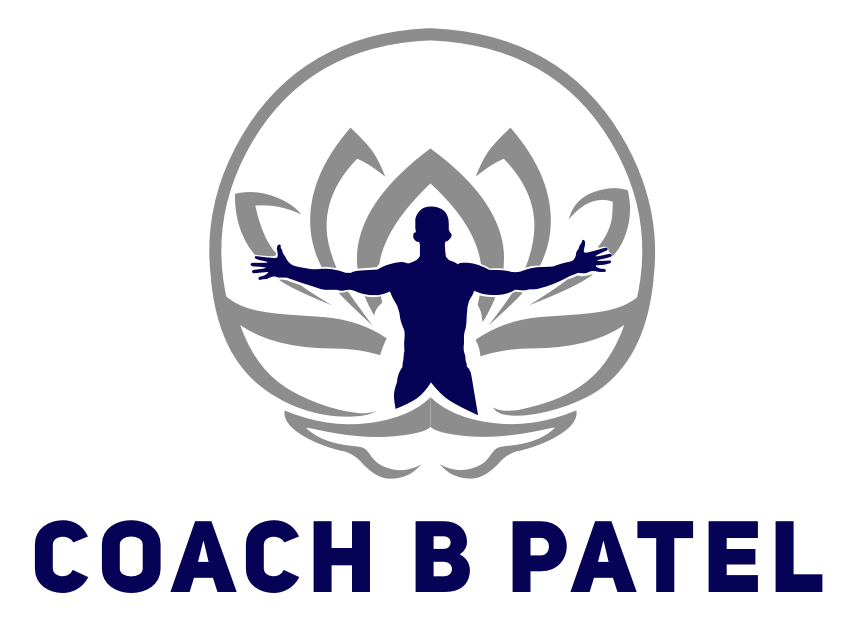Intent & Paying Attention Part 2 by Jeff Bramhall
Through my course and clinical work, I had to learn to use my hands not only to feel, but to take up the slack of being in a dark room and unable to communicate verbally with my clients.
It’s a different type of feeling than one most people are acquainted with, but it’s the difference between working with a good manual therapist and a great one.
When my own insecurities were set aside and my thoughts were just there - present, but unengaged-with - I could feel subtle changes in tissue and breath, I could let my client guide me.
What astounded me was that when in that space, both my client and I would leave a session with boundless energy.
Mapping this skill onto my professional life (at the time, as a salesperson), I was able to hear how someone would ask a question about our product and help them tease the real question out from underneath it.
Oftentimes, when someone would ask about a product feature, they were really asking, “if I say yes, will I be making a mistake?”
When you can reassure someone that they’re not making a mistake, you close more deals.
In my training, the differences are stark. Whereas before my pursuit was solely about whatever was in front of me that seemed the brightest, I’m now able to choose my activities by how they express the person I want to be.
It’s no longer chasing a number, it’s making sure that my lifting supports my mountain biking, and that I can still sprint 3-4 times a week.
My approach to training, simply by paying attention to my body, is oriented around building a body that I’m proud to inhabit.
Now the lynchpin: how do you bring this into the weight room?
From a fundamental standpoint, you need to practice what you preach - so you need to hone the skill of paying attention in the way that fits for you.
It starts with getting to know where someone’s baseline is - you’re going to have athletes who are naturally high energy and extroverted, lower energy and introverted, and everywhere in-between.
Paying attention starts with seeing these things in people. I bet you already do this, so good job! Check that box!
Now, it’s taking advantage of the quick interactions: the dap when an athlete walks in the door, watching them load weights, seeing them with their teammates.
Noticing subtle changes in their body language presents you with an opportunity to deepen your connection with your athletes.
Something as simple as “Smitty, how you feeling?” when someone’s slightly off might help them notice that something is slightly off and they may not have even noticed it. Now they’re aware.
A second place that you probably already have built in are your athlete questionnaires.
Since you already have questions about soreness, mood, fatigue, and stress levels, you don’t have to add anything.
It’s now a matter of what you do with all this data. I was really struck by how Devan McConnell presented this data when he was with UMass Lowell’s hockey program.
Each player had their own baseline and any given day was presented in relation to that baseline in a simple Red/Yellow/Green format.
For someone who’s consistently a 2 out of 10 on a stress level, a 6 is a big deal. For someone who’s consistently a 5, that 6 is much less telling.
What you can do is play this information back to your athletes.
Let them see their data in real time and over time.
This serves two purposes: first, it sets up each individual with a reflection of their state, which will cause them to pay attention.
Second, it draws attention to when things are acutely out of sorts so the individual, and their teammates, can help them get better.
Each of these will help your athletes become engaged with where they are now, how where they are now ties into the process they are engaged with, and ultimately to the outcome they aim to achieve.
When your athletes are better able to pay attention, the quality of the work they do improves. Full stop.
In my work, I often refer to my role as a mirror - I shine back to my clients what they bring into the room.
It’s up to them to make the changes, but it’s up to me to help them see what’s in the mirror.
As a coach, this can be part of your job.
As a human, holding a mirror up to yourself will put you on the course for the most fulfilling life you can lead.
Jeff Bramhall is the owner of Just Breathe Manual Therapy located in Eastern Massachusetts. He’s a licensed massage therapist whose focus is on helping people achieve their potential through integration of their mind and body. He works with people from high performance backgrounds, including Olympic gold medalists and world champions, to successful business owners, to regular folk who simply want to get out of pain.
You can find him at justbreathemanualtherapy.com, on Twitter @jeffreybramhall, and on Instagram @jbramhall & @justbreathemanualtherapy.




